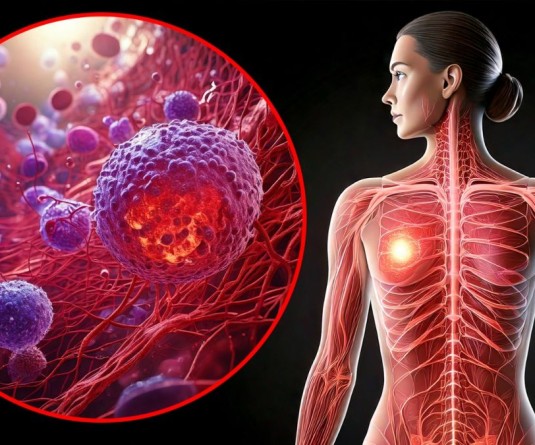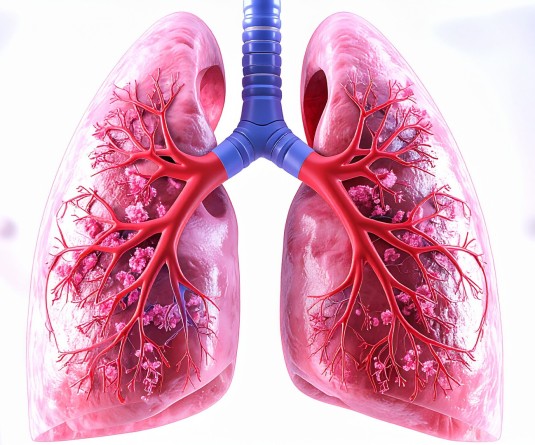IANS Photo

Beijing, January 17 (IANS) Scientists in China are experimenting with a mutant Covid-19 strain that can cause 100 per cent death rate in "humanised" mice, according to a study not published yet.
The virus, dubbed GX_P2V caused 100 per cent mortality in human ACE2-transgenic mice, potentially due to late-stage brain infection, revealed the study published on preprint site bioRxiv, and not reviewed yet.
The study by researchers including from University of Chemical Technology and Nanjing University in China, showed that GX_P2V -- attacked the brains of mice that were engineered to reflect similar genetic makeup to people.
“This underscores a spillover risk of GX_P2V into humans and provides a unique model for understanding the pathogenic mechanisms of SARS-CoV-2-related viruses,” the researchers wrote in the paper.
The deadly GX_P2V is a mutated version of GX/2017 -- a coronavirus cousin that was reportedly discovered in Malaysian pangolins in 2017 -- three years before the pandemic.
All the mice that were infected with the virus died within just eight days, which researchers noted was a “surprisingly” rapid death rate, the New York Post reported.
The study showed that GX_P2V had infected the lungs, bones, eyes, tracheas, and brains of the dead mice, the last of which was severe enough to ultimately cause the death of the animals.
Days before their deaths, the mice had quickly lost weight, exhibiting a hunched posture, and moved extremely sluggish.
Even their eyes turned completely white the day before they died, the report said.
Experts slammed the research as “terrible” and “scientifically totally pointless.”
“I can see nothing of vague interest that could be learned from force-infecting a weird breed of humanised mice with a random virus. Conversely, I could see how much stuff might go wrong,” Francois Balloux, an epidemiology expert at the University College London’s Genetics Institute, wrote in a post on X.com.
“The preprint does not specify the biosafety level and biosafety precautions used for the research,” he continued.






